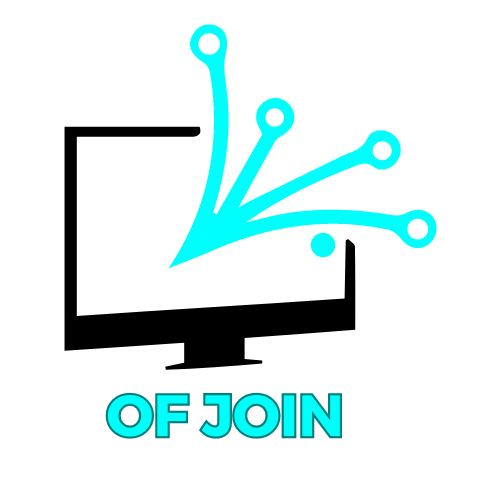The Subscription Economy: Why Ownership Is Out and Access Is In
Once upon a time, success was defined by what you owned—a car in the driveway, books on a shelf, and music in your collection. But in today’s fast-paced, digital-first world, that mindset is changing. We’ve entered the subscription economy, where access, not ownership, drives value. From entertainment to fitness to software, people no longer want to buy—they want to experience, rent, or stream on demand.
The shift isn’t just about convenience. It’s about flexibility, sustainability, and personalization. And for businesses, it represents one of the biggest economic transformations of the 21st century.
1. The Rise of Access Over Ownership
The subscription model isn’t new—magazines and cable TV have used it for decades. But technology has taken it to an entirely new level. Platforms like Netflix, Spotify, and Adobe pioneered the idea that users could pay a small recurring fee for continuous access instead of a large one-time purchase.
The model quickly spread. Today, consumers subscribe to everything from clothing and meal kits to software and electric vehicles. In fact, a 2025 survey by Zuora found that over 75% of adults in the U.S. have at least one active subscription—and the average household manages more than six.
Why the shift? Because ownership ties people down. Subscriptions offer freedom: the ability to upgrade, cancel, or switch without commitment. It’s a model built for modern consumers who value experience and convenience over permanence.
2. The Business Case: Predictable Revenue and Customer Loyalty
For companies, the subscription model offers something priceless—predictability. Instead of chasing one-time sales, businesses earn steady recurring revenue. This creates more accurate forecasting, financial stability, and the ability to reinvest in customer experience.
Software companies were among the first to embrace this model. Adobe’s move from selling boxed products to offering Creative Cloud subscriptions turned the company into a recurring-revenue powerhouse. Microsoft followed with Office 365, and the results were similar—more consistent income and deeper user engagement.
Subscription models also strengthen customer relationships. Rather than making a single sale, businesses build ongoing engagement through updates, personalization, and loyalty programs. The more a company invests in improving the experience, the longer customers stay subscribed.
3. The Consumer Perspective: Freedom and Personalization
For consumers, the appeal of subscriptions is simple: flexibility and customization. You can stream thousands of movies, test countless beauty products, or drive a luxury car—all without the long-term cost or maintenance.
Subscription services also cater to individual tastes through data. Algorithms learn what users like and recommend accordingly—whether it’s the next show on Hulu, the next playlist on Spotify, or the next outfit in your Stitch Fix box. This level of personalization creates a sense of connection and value that traditional ownership never could.
The model also aligns with a growing desire for sustainability. Subscriptions reduce waste by sharing resources more efficiently—think bike-sharing, car subscriptions, and refurbished tech rental programs. For eco-conscious consumers, access is not just convenient—it’s responsible.
4. Challenges of the Subscription Surge
Of course, the subscription economy isn’t perfect. As more companies adopt the model, consumers are facing “subscription fatigue.” Managing multiple monthly payments can be overwhelming, leading many to cancel or consolidate services.
Businesses, too, must strike a balance. If a service doesn’t deliver ongoing value, customers churn quickly. Transparency, flexibility, and customer satisfaction are key to retention. The most successful companies in this space understand that subscriptions aren’t just a pricing model—they’re a long-term relationship that must be earned every month.
Additionally, businesses must handle sensitive data responsibly. Personalization relies on analytics, but privacy concerns are rising. Consumers want the benefits of customized experiences without sacrificing security or trust.
5. The Future of the Subscription Economy
The next wave of subscription innovation will go beyond digital media and software. Expect to see new industries adopting this model—transportation, housing, and even healthcare.
Imagine subscribing to mobility instead of owning a car—using one service for cars, bikes, and scooters depending on your needs. Or a healthcare subscription that provides preventative care, telemedicine, and wellness tracking for a flat monthly rate.
Artificial intelligence and blockchain will make subscriptions even smarter and more transparent. Smart contracts could automate billing, and AI will fine-tune experiences in real time based on user behavior.
The subscription economy reflects a fundamental shift in how we define value. Ownership used to represent stability; now, it represents limitation. Access is about flexibility, convenience, and constant evolution.
For consumers, subscriptions offer the freedom to explore without commitment. For businesses, they create deeper relationships and reliable growth. As we move further into an on-demand world, one thing is clear: the future belongs not to those who sell more products—but to those who deliver ongoing experiences worth subscribing to.







